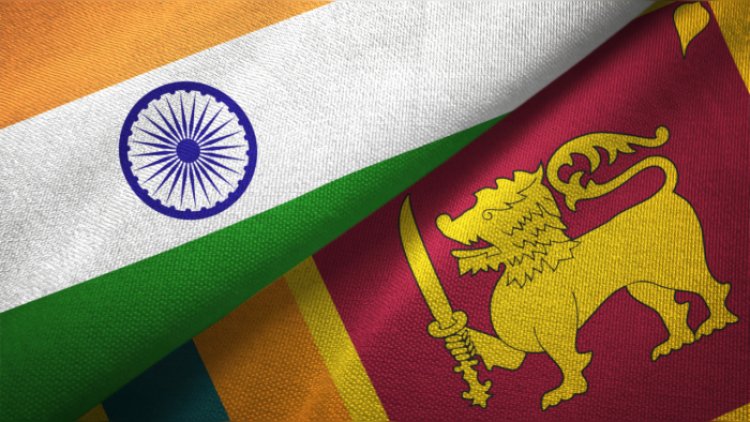India - Sri Lanka: Implications for India
STORIES, ANALYSES, EXPERT VIEWS

Ahead of the World Bank (WB) and the International Monetary Fund (IMF) Spring meetings in Washington this week, Sri Lanka is seeking India’s assistance in garnering at least $3 billion in “bridging finance” from the international community. In a meeting with Finance Minister Nirmala Sitharaman Wednesday, Sri Lanka’s High Commissioner to India Milinda Moragoda thanked India for its provision of $2.4 billion in credit lines for food, fuel and medicines, as well as a debt waiver for the first quarter.
The Sri Lankan High Commission said they “explored the possibility of enhancing and restructuring some of the assistance already provided by India in the form of credits for essential commodities and fuel as well as balance of payment support”. The statement noted that Sitharaman had expressed concern over the “humanitarian cost of the economic crisis and said India would stand by Sri Lanka to overcome its challenges”.
India has already sent several shipments of fuel and wheat provided for under two lines of credit extended by New Delhi in January, that total up to $1.5 billion. The Reserve Bank also cleared a currency swap arrangement of $400 million and the government agreed to a long–pending request to defer Sri Lanka’s debt repayment for the first quarter. According to an official, Sri Lanka has requested a further period of debt moratorium, which New Delhi is considering, but has not indicated a decision yet.
Probable repercussion for India
Meanwhile, China has not been left behind and tried to step in to ensure that its sphere of influence over Sri Lanka which had been rising in recent years, is not diminished. But, writes Sushma Ramachandran (Senior Financial Journalist) “the ramifications for this country in case Sri Lanka’s political and economic situation continues to deteriorate will be much more than for other more distant regions. It is thus imperative that India continues to provide as much assistance as possible to alleviate the sufferings of the general public.
“These repercussions could include an influx of refugees which till now has been only a trickle. But in case the situation worsens, there is every possibility that this could turn into a flood that may be difficult to manage. Second, India’s own exports could be affected as Colombo ports serve as a trans-shipment hub for about 60 per cent of its global trade. Freight costs will go up if there are delays at the port. There is also considerable bilateral trade amounting to nearly five billion dollars, while Indian industry has made wide ranging investments in that country which could be affected by the unrest.”
Chennai-Colombo Corridor
In this scenario, Maj Gen Ashok Kumar Retd. (defence analyst; visiting fellow of CLAWS and specialises in neighbouring countries with a special focus on China) suggests a Chennai-Colombo corridor – for closer people-people relations and rejuvenating the free trade agreement between the two countries – that can create “unbreakable linkages” between the two nations.
Elements of the corridor: The Chennai-Colombo corridor “is an idea whose time has come. A connection on similar lines existed between these cities when tickets purchased at either location were valid for the entire journey. The operationalisation of this corridor will establish a link with the entire Sri Lankan population. While the distance between the borders is merely 24 km away between Dhanushkoti (India) and Thalaimannar (Sri Lanka), it is recommended to be used besides other available means of communication. Chennai-Colombo connectivity could herald a new mass surface means of communication in addition to air connectivity.
“The surface communication can utilise a mix of rail, road and ship communication to ensure seamless communication between these two locations. And while travelling on say, a bus, the vehicle can be loaded onto ships and offloaded onto the destination without passengers needing to disembark even once. A similar model is followed on Mekong Ganga while travelling from Vietnam to Cambodia.”
There is already visa-free travel between India and Nepal. “A similar arrangement can exist for movement through the Chennai-Colombo corridor….Sri Lankans travelling on this corridor can be encouraged to use the Indian rupee for their expenses besides adopting mutual currency usage in all expenditures whether personal or institutional. This corridor can allow free trade without any duty for the products manufactured in both the countries with the special exclusion of third party/country products. Basic facilities related to food, clothing, shelter and medicine can and must be extended to each other on favourable terms. Contractual jobs in skill deficit areas should be allowed.”
The proposal can be further fine-tuned after study by both nations.
















